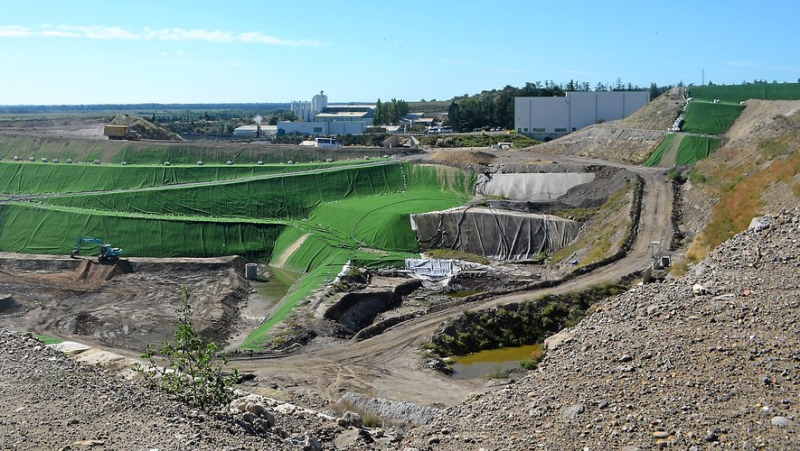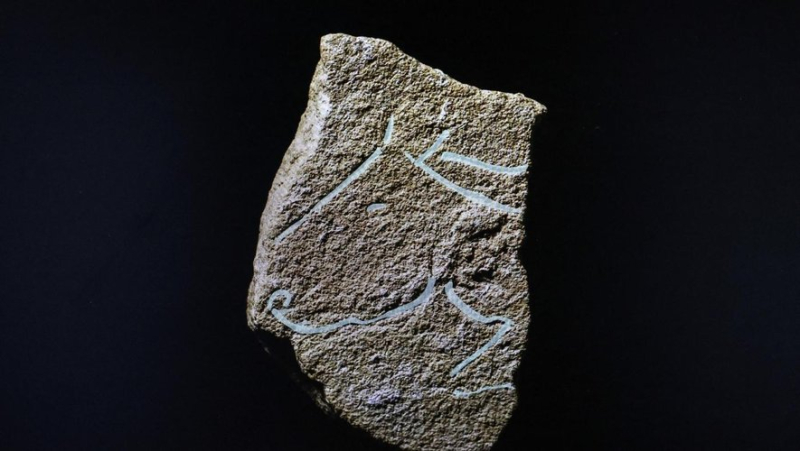The unprecedented archaeological discoveries of Bellegarde will be exhibited at the Beaucaire museum in 2024

Le site d'enfouissements de déchets ultimes de Bellegarde. Midi Libre – CATHY MILLE

Une représentation d'un profil de cheval. – Denis Gliksman/Inrap,
In 2016, an excavation on the Suez Environnement site uncovered exceptional remains with paintings contemporary with those in the Lascaux cave.
During the extension of the Suez waste landfill site in Bellegarde, preventive excavations took place in 2016 on 6 ha ;not far from A 54.
This excavation campaign, lasting 9 months, brought to light remains, notably engravings dating from the recent Paleolithic. "Totally unexpected at the gates of the Camargue, profiles of horses made on small sandstone limestone slabs date from the very beginning of the Magdalenian (-20,000 years) and are thus among the oldest known works ;for this Paleolithic culture in the same way as the wall paintings and engravings of the Lascaux cave" explains Inrap in the report available on its website.
A fairly rare representation of a vulva
A presentation of these exceptional finds was made last March by the archaeologists in charge of this preventive excavation.
Among the most emblematic works, profiles of horses (-20,000 BC)."In a more recent level (- 16 000), an exceptional engraving is interpreted as a vulva , figured in an exaggerated and disproportionate manner, framed by the top of the legs. Such an arrangement is exceptional and has only one known equivalent, on a wall of the Cazelle cave, in Dordogne. quot; states the Inrap report. Another rather rare fact is that these ornate objects were found in an outdoor camp whereas they are usually discovered in caves.
A very attractive location occupied from Prehistory to the modern period
The operation included a total of five excavation areas over six hectares which made it possible to discover remains (more than a thousand structures exhumed) of occupation of the site from various periods. ;nbsp;: Prehistory, Antiquity, Middle Ages and Modern period: housing units, storage, crafts or crafts agricultural activities. " From the fifth millennium BC, human groups sometimes buried their deceased there. notes the Inrap report which underlines that these " discontinuous but repeated forms of occupation testifying to the attractiveness of the place : very well located in foothills of Costière and near a source. wood and water were available there like the riches of the basement.
A regional and national reference
Discoveries of such richness that archaeologists estimated that "that the Bellegarde site was set to become a reference on a regional and national scale.
This is why INRAP with the Beaucaire Terre d'Argence community of communes is preparing an exhibition of the most representative pieces  ; for the month of September 2024. A temporary exhibition lasting several months which will be presented at the Auguste-Jacquet museum in Beaucaire from Heritage Days, also with a presence in Bellegarde.
Read on the INRAP website: https://www.inrap.fr/l-origine-du-monde-magdalenien…




